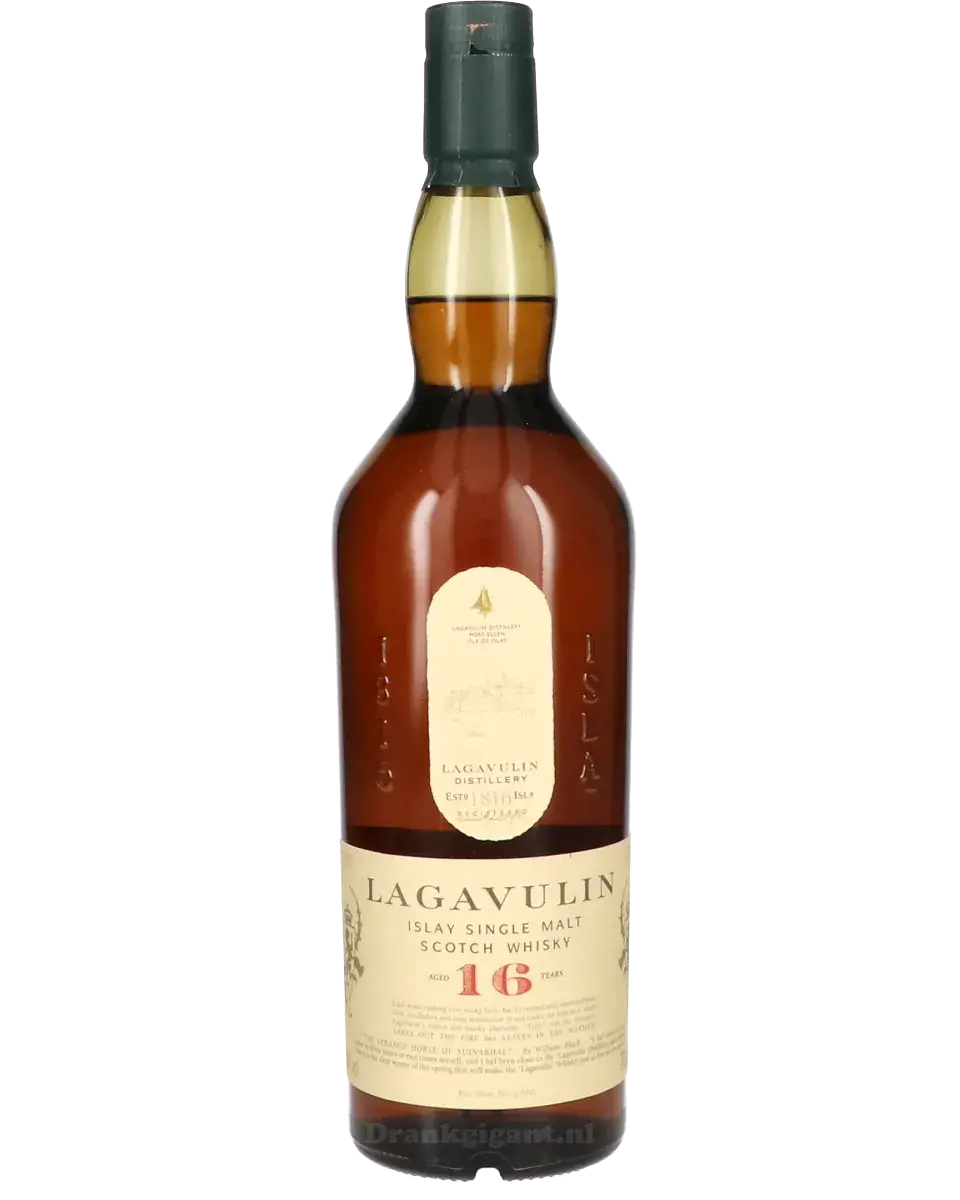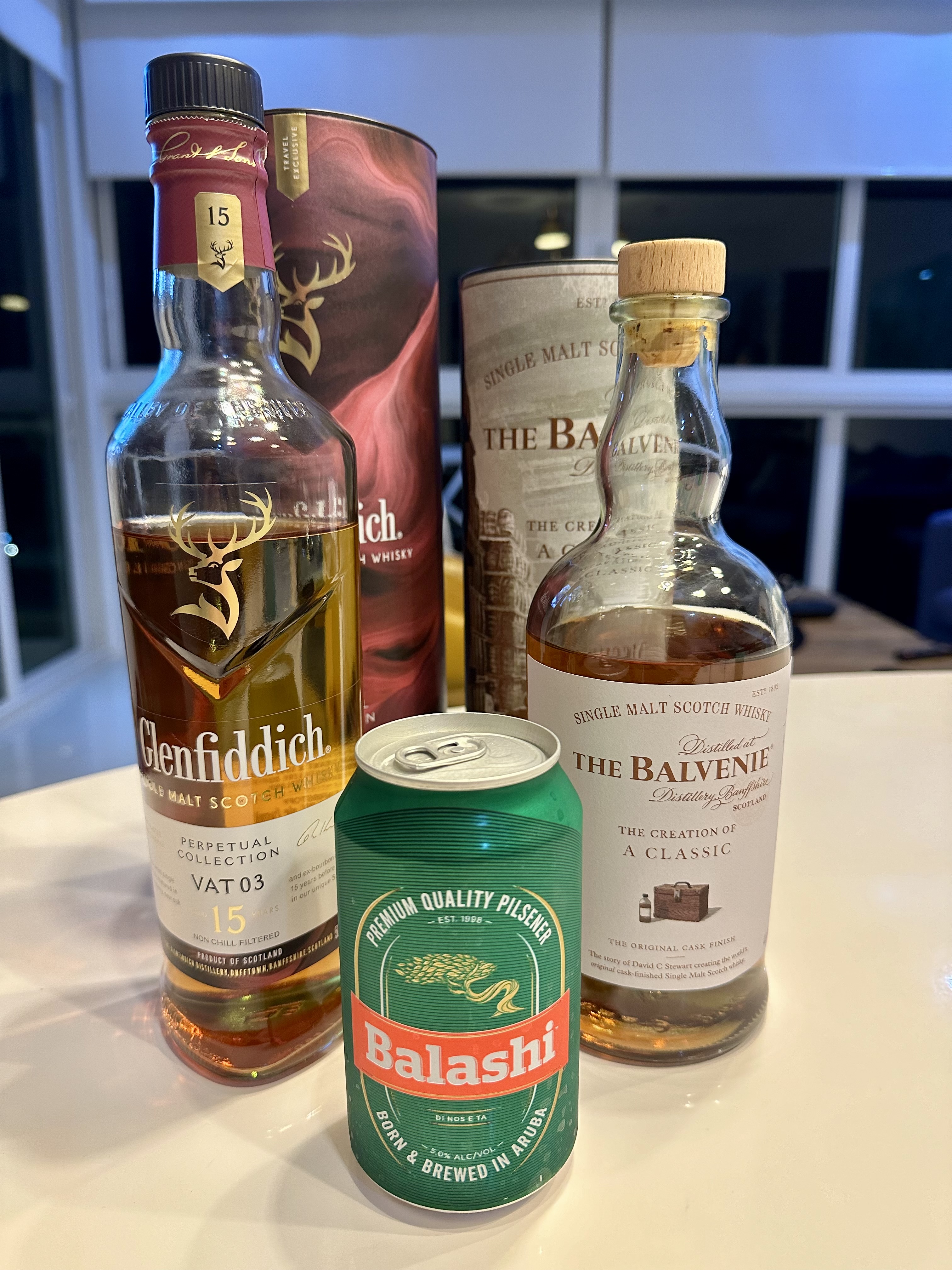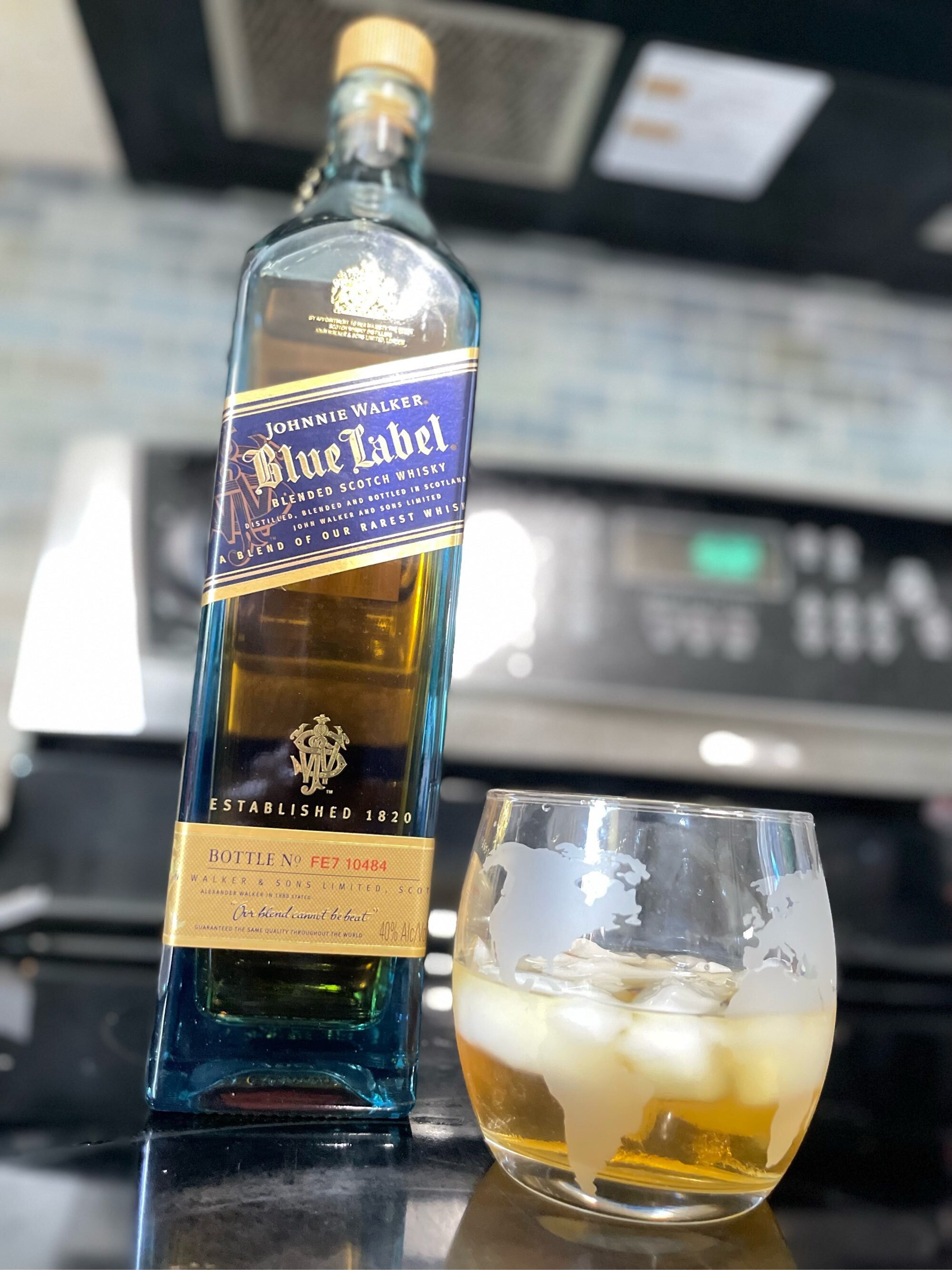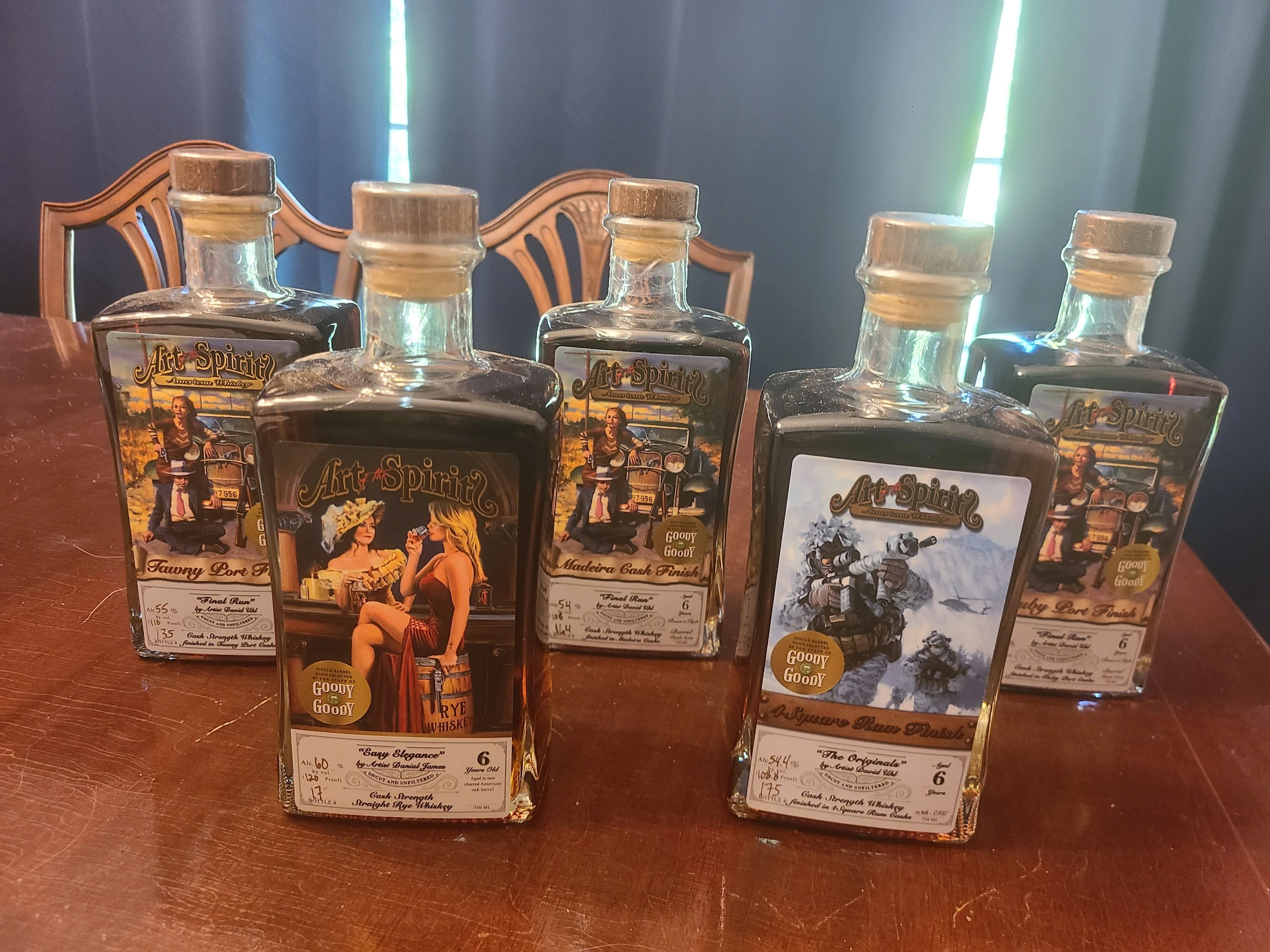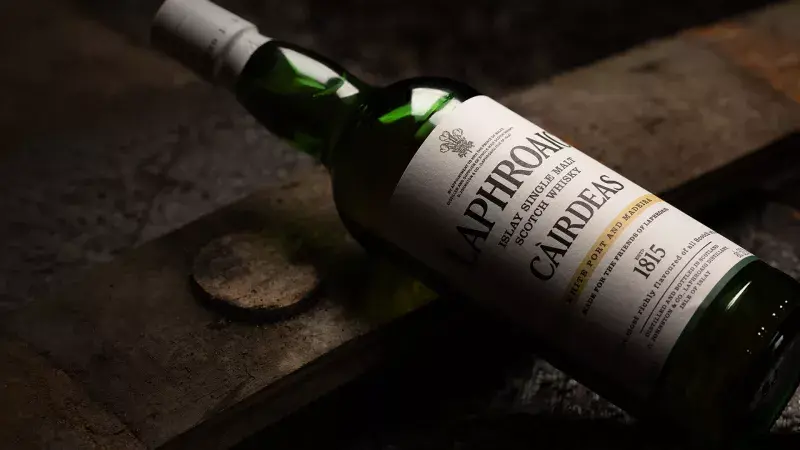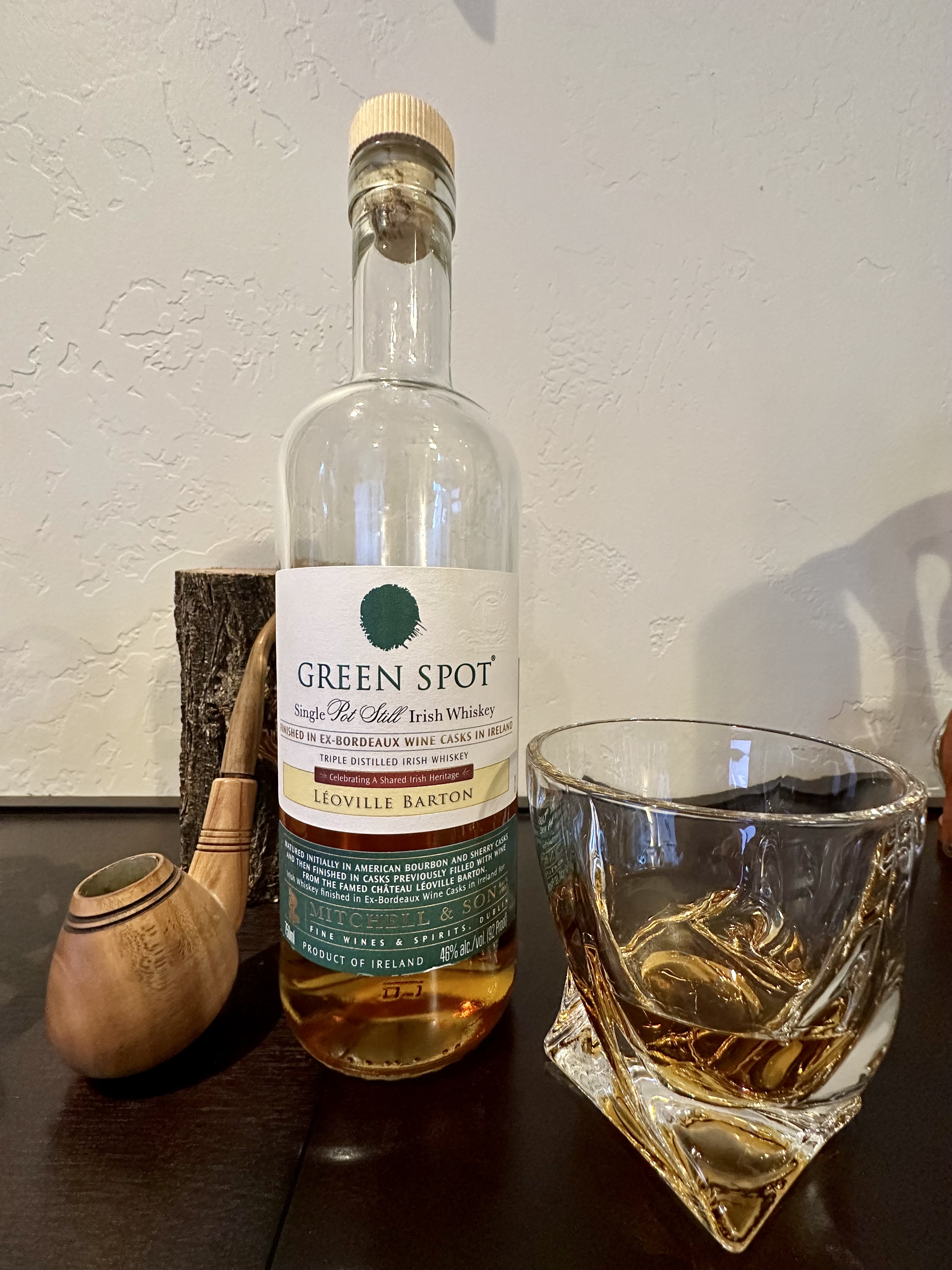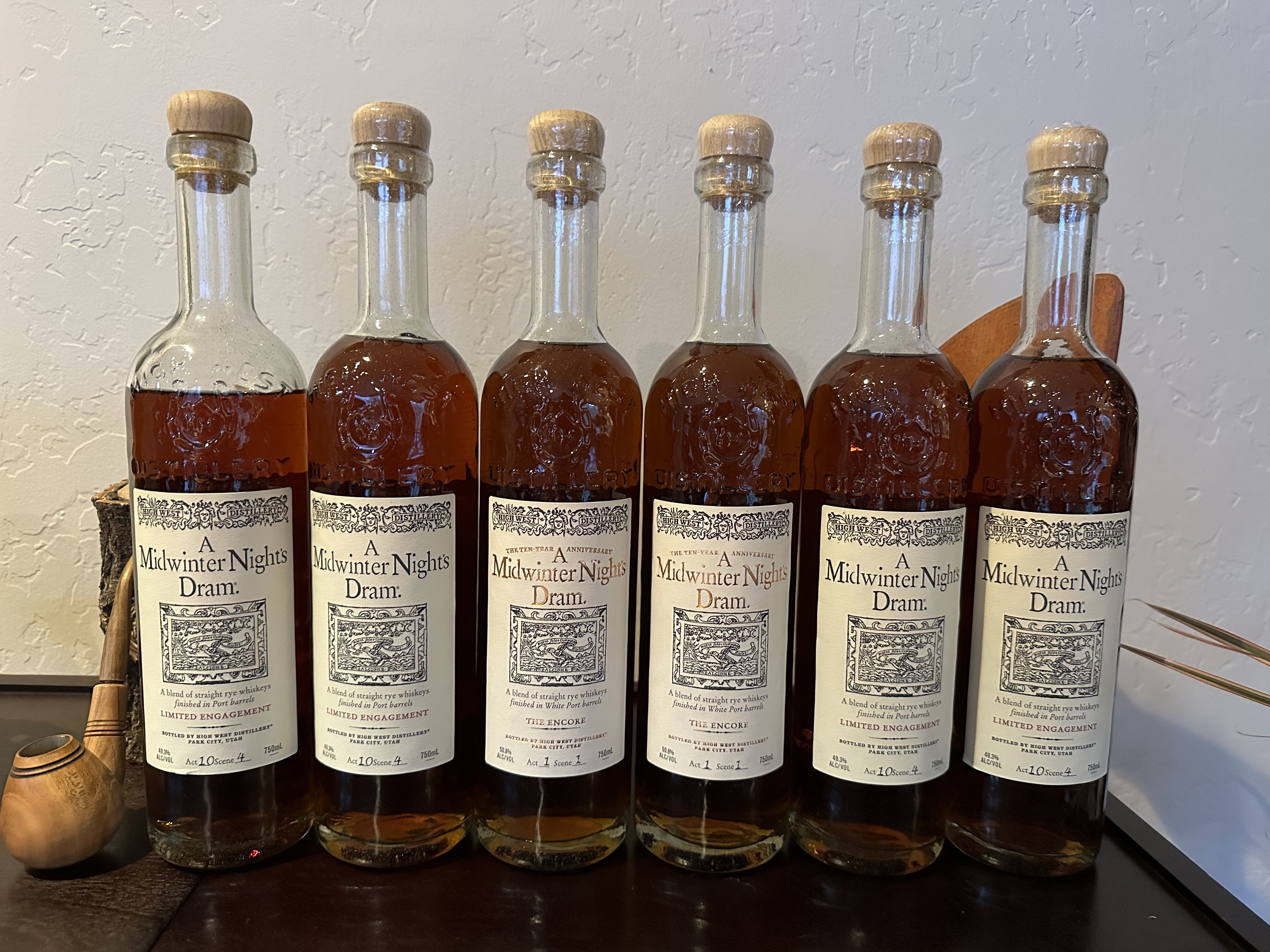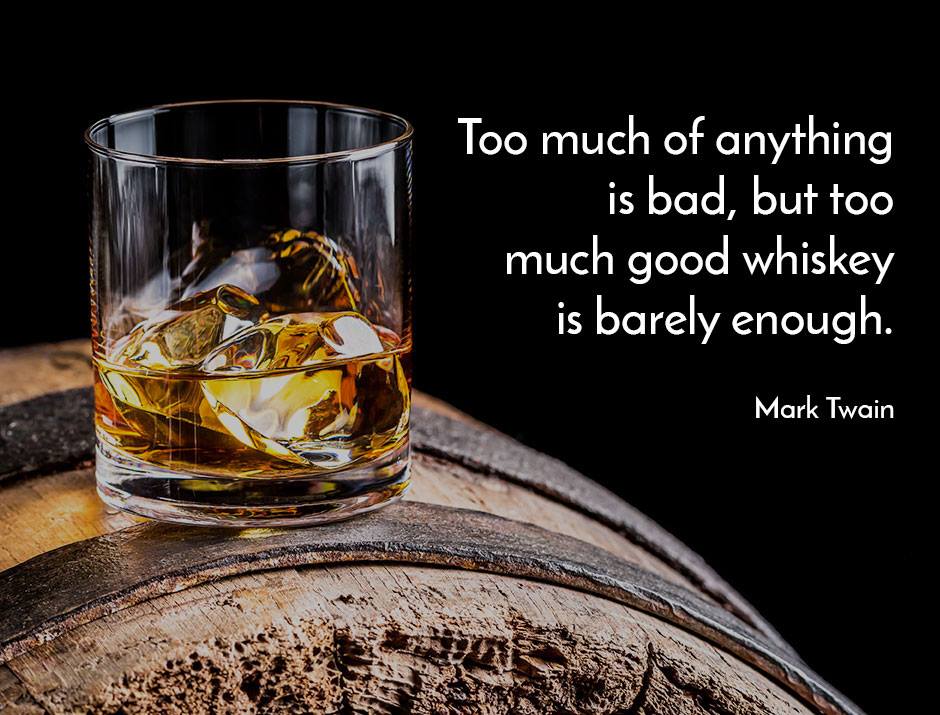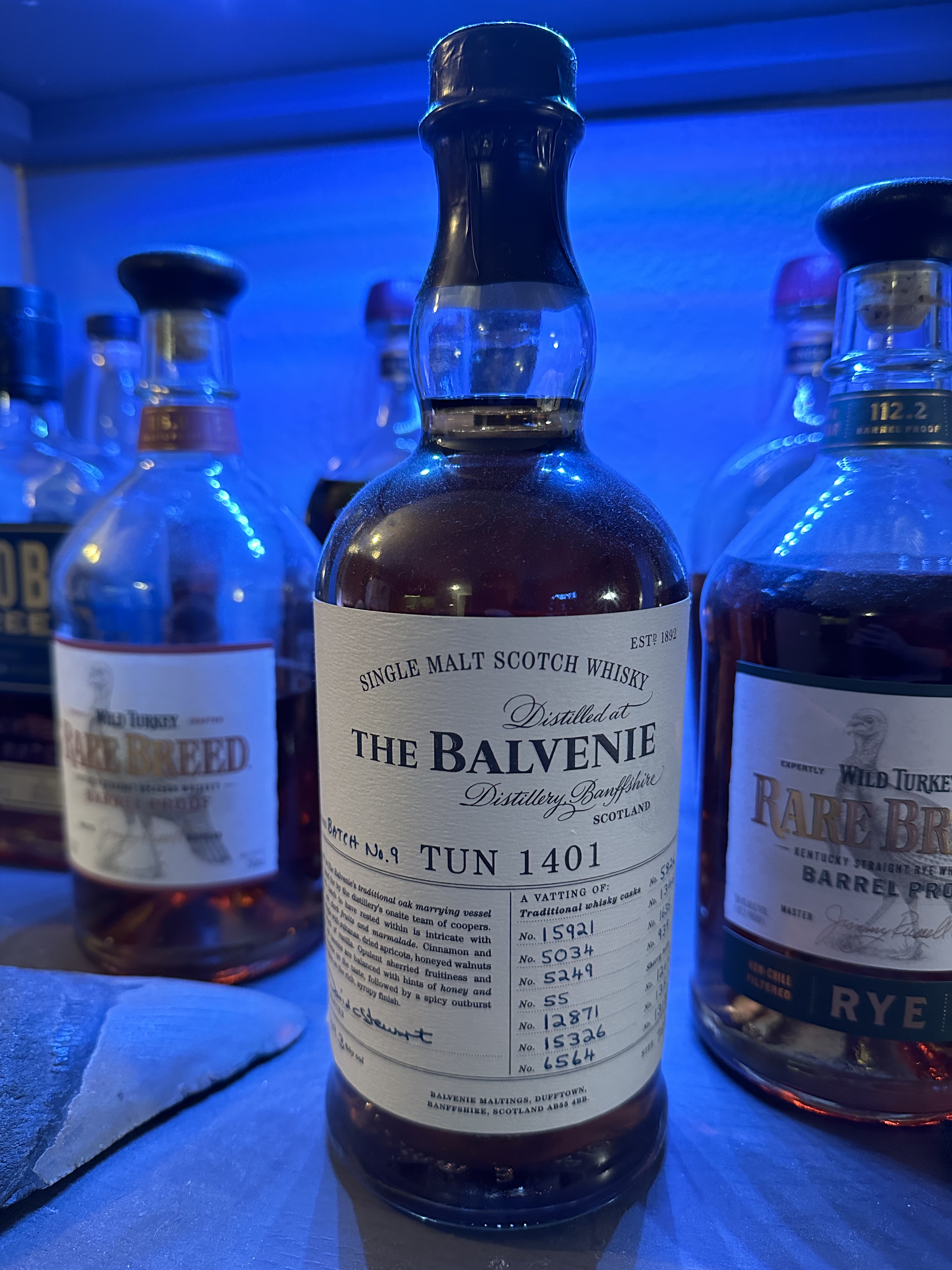First, an overly-long introduction! Please feel free to skip down to "Octomore 13.2: the actual review part" if you just want to know what I think; otherwise, you're in for an in-depth description of why I think whisky reviews are mostly crap. You've been warned!
I've been wanting to try my hand at a whisky review for a while, but honestly I find most reviews to be.... kind of confusing. Every time I try a whisky I diligently write down notes about the experience.
I spend several minutes carefully inhaling noseful after noseful, struggling to separate odors from the whisky into concrete flavors that I can describe. Once I've convinced myself that I've been able to extract "notes of ripe stone fruit" or something similar, I move on to tasting it only to once again wrestle with the concept of taking a flavor that my brain identifies as "whisky" and tease out multiple distinct components.
When I'm done, I take a few moments to try and actually focus on the whisky itself, which by this point it honestly feels like maybe I've neglected. I then look at my notes, trying to decide if I'm finally starting to get the hang of it, or if I'm just fooling myself.
Inevitably, doubt sets in and I resolve to "cheat", and compare my notes to the tasting notes of others who presumably know what the hell they're doing and aren't just bluffing their way through the process.
Instant regret. Every. Single. Time.
I never get it right.
Lagavulin's Offerman Edition? Instead of "Pungent, peaty, woody and spicy. Flavours of cocoa and sweet berry notes. Chocolatey and warming on the palate with a lingering and spicy finish," I got "copper and peach with bandaids. Tar, salt, and apples."
Lagavulin's 12 Year Special Release 2021? The distiller describes it as "Mild, drying and soon, wonderfully aromatic; clean, fresh and maritime, with top notes of sea air and Himalayan salt, supported by fragrant smoke-dried Lapsang Souchong tea, mineral salts and light cleansing salve. Beneath these lie drier notes of cocoa powder and dried seaweed, with a squeeze of lemon zest, this salty sweetness imbued with wood-smoke from a distant bonfire on the shore.". Me? I got "leather and peat with black pepper and sugar cookies."
Its enough to make me feel like perhaps I'm suffering from some rare genetic disorder that results in my only having a small percentage of the taste buds gifted to others.
Except... maybe, just maybe, I'm not the only one trying to bluff my way through this. Maybe everyone else writing these reviews (or at least a large portion of them) is just, for lack of a better term... bullshitting their way through the process?
I started looking through reviews on whiskybase and other places, looking for patterns among reviews for specific bottlings. I haven't found any. One reviewer will call out the "strong notes of red fruit". Another will talk about pineapple, peach, orange and mango (none of which are red). A third reviewer will describe it as bacon and caramel.
Maybe I was onto something with this all being a bunch of bullshit? The more reviews I read, the more I was convinced. What else should I think when one reviewer describes the nose of Octomore 13.2 as "chic, blackberry, sweet dark fruit tones ... so sweet, honey undertones, heavy tar on a hot railroad", another says "leather and flavored tobacco, raisin bread, plums, dried figs. A note of peat smoke that is not too clear wafts over it. Seems naturally sweet, but not sweet yet," and still a third says "Honey, citrus and salty, dirty with cow sh*t on a farm land, grassy, tart."
So Octomore 13.2 is sweet, but not sweet, smells like fruit, but also smells like cow shit?
Then I saw a review where the nose was described as "precious stone, jasper, quartz, tourmaline" and the palate as " the impression of tasting diamonds".
Okay, that settles it. I'm sorry, but that's just nonsense. I've done some rockhounding, so I'm well aware that tasting rocks is a thing, but you cannot tell me that any scotch smells like jasper, quartz, and tourmaline and expect me to take you even remotely seriously. Okay, wait. Maybe I'm just being close-minded. Maybe I should sniff some of my rocks before judging, just to make sure. I'll be right back.
Nope. I just checked. My tourmaline smells exactly the same as my jasper. My quartz actually had a slightly iron smell to it, but that's still an iron smell. Not a quartz smell.
So, anyway, the gist of all of this is that I no longer care if I get it "right". Plus I'm no longer convinced that reviews that call out "tasting notes" are meaningful. What good does it do for someone wanting to try a new scotch if I tell them I taste campfire and oysters, but they take it home and taste strawberries and a chocolate-covered hamburger?
Thus, my first review.
Now that I've got all that out of the way, here's what I actually think about Octomore 13.2.
Octomore 13.2: the actual review part!
I'd be remiss if I didn't start by providing some facts about this drink.
Produced by Bruichladdich Progressive Hebridean Distillers, Octomore 13.2 is a "super heavily peated" expression of Islay malt at 137.3 PPM. It is bottled at near cask strength, with a 58.3% alcohol content. It is a five-year-old spirit that spent its entire life maturing in Olorosa butts from Fernando de Castilla, Spain. Basically, it's the same 100% Scottish mainland barley spirit from Octomore's 13.1, peated to the same level, but aged in the Olorosa sherry casks instead of the 13.1's American Oak casks.
Despite my skepticism over the traditional tasting descriptions, I still begin with smelling it. I poured it neat into a glencairn and let it rest for about 10-15 minutes.
My first impression was that this is very different than other whiskies I've had (I've tried most of the "standard" Islay malts from Laphoaig, Lagavulin, Ardbeg, Kilchomen, etc. ). The nose is primarily sweet, although there's a strong wine note from the Olorosa casks. But that's too simple of a description. There's a lot going on in that nose. The sweetness could definitely be described as several kinds of fruit (I was reminded of plums and peach, for what little that's worth), but I also felt there were more "refined" sugar odors mixed in. Behind all of that were odors that were more inorganic in nature. The end result was a deep, nuanced complexity that had me sniffing repeatedly just to explore everything that was offered. After several minutes of just smelling this, I felt like there was still more that I could find if I kept at it. But at this point I was impatient to taste it.
The taste did not disappoint, and was considerably more complex than the already impressive nose. Honestly, this stuff is crazy. As the nose suggests, there's a great deal of sweetness, but there's so much more going on here. After the initial wash of flavors I kept getting strong impressions of salty water mixed with the other flavors, but without overwhelming. What I found most surprising was the smoke and peat flavors. Despite the "super heavily peated" 137.3 ppm, the smoky flavors were shockingly well blended with the other flavors. Where Bruichladdich's Port Charlotte 10 year uses the peat as a banner to wave in your face to remind you with every sip that you're drinking a heavily peated Islay malt, Octomore 13.2 uses that peat as a backdrop. It is undeniably there, but it doesn't grab your attention. Rather, you have to look for it, moving your focus away from everything else that's going on with the flavors. My original notes from my first tasting stated "the smoke flavor seems to bridge between the fruits and the salt," and I think that summarizes what I experienced pretty well.
The finish was a somewhat amusing experience for me, as this was the first time I was convinced I really tasted "chocolate" in a scotch. I also felt there were lingering notes of cinnamon, plum, and leather. Of course, after reading Bruichladdich's description of the finish, I was "wrong" as usual. I should be noticing "earthy peat notes com[ing] to the fore ... along with the fruit and the nutty aromatics of the oloroso casks." A "salty tang of sea breeze" was supposed to finish it all up. But after two drinks, I still have a lingering taste of chocolate mixed in with an oily brine. More relevantly, there's a very pleasant mouth feel that lingers for a long time after finishing.
My overall impression is that Octomore 13.2 has a tremendous depth to it, with enough complexity that I had trouble focusing on just one note at a time, instead of hunting around trying to tease out aspects of the overall flavor. The full maturation in oloroso casks provided a starkly different experience than I've had, even with other Islay malts finished in sherry casks. This is an entirely different beast than Kilchoman Sanaig or Ardbeg Uigeadail, for example, both of which spend time in Oloroso casks. Octomore is at a different price point than those other expressions, but in my opinion that's entirely justified. The more I drink of this expression, the more fascinated I become by just how much is going on with it.
